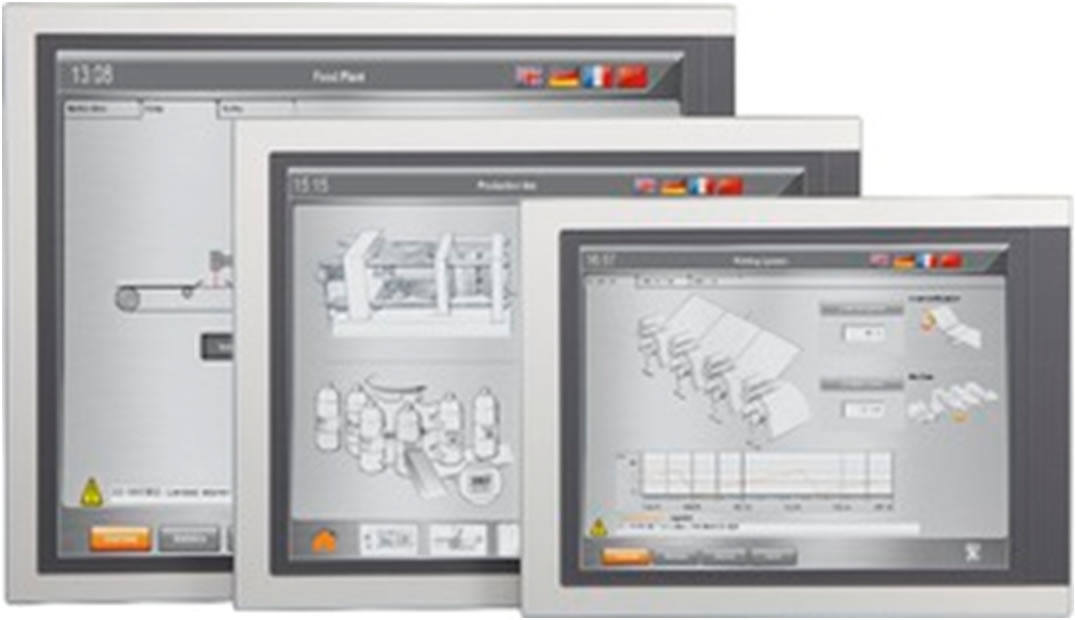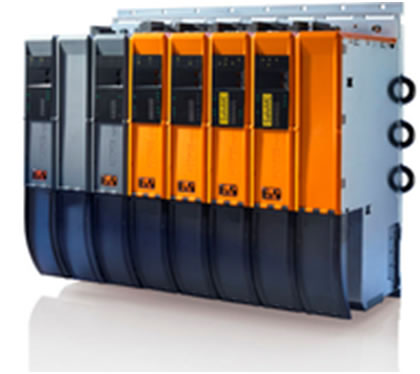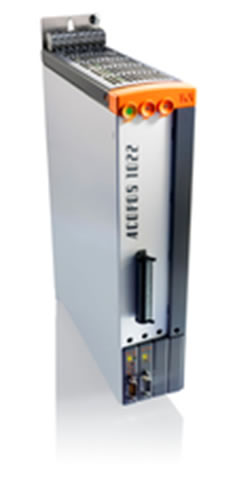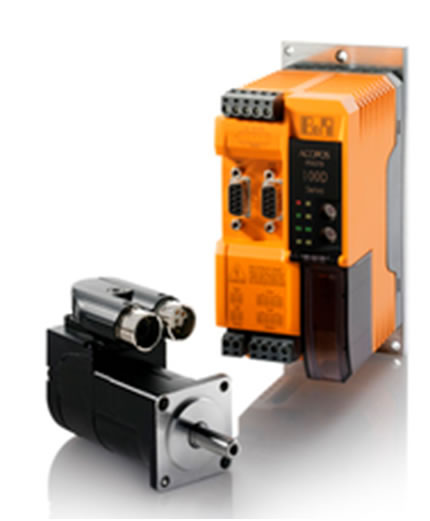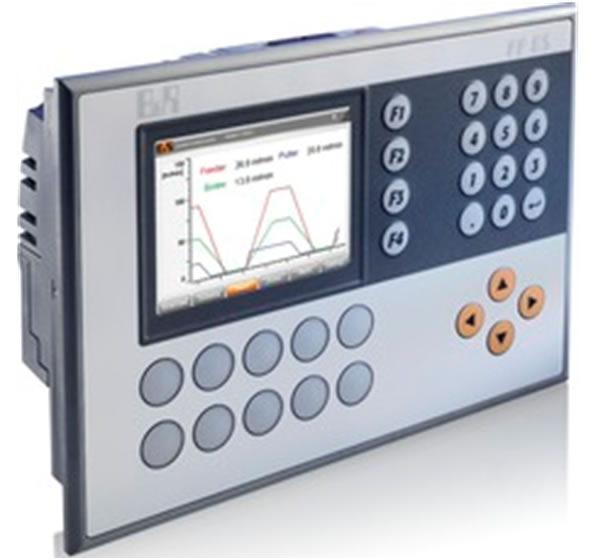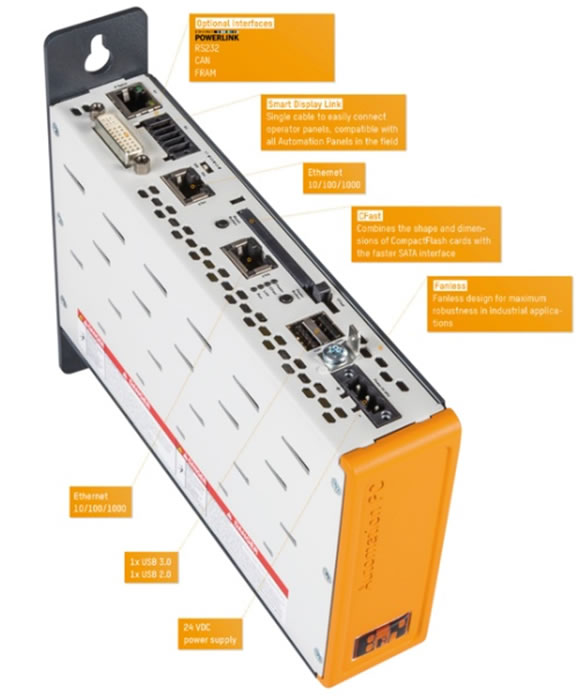Description
Multi-touch panels – Optimal usability
Multi-touch panels open up new dimensions for innovative HMI design. There are numerous gestures that might be used in an application: zooming in and out and rotating objects with two fingers, scrolling through lists and switching to the next screen with a quick swipe. The main advantage of multi-touch technology is how it makes operation more intuitive. At the same time, two-hand gestures for critical or potentially dangerous operations provide an effective way of preventing unintentional operator errors. Multi-touch displays are supported by the operating systems Windows Embedded 8.1 Industry Professional, Windows 7 Professional/Ultimate and Windows Embedded Standard 7 Premium.
Single-touch panels
For all applications that need to be compatible with existing systems, 4:3 panels with analog resistive touch screens are also available. This makes it possible to continue using HMI applications at their current resolution with the latest PC platform without any software adaptations whatsoever.
Highlights
- Projected capacitive multi-touch screen
- Widescreen formats from 7″ WVGA to 24″ Full HD
- Connections for DVI, SDL and SDL3
- Slim design
- Flexible mounting
- Gloved operation possible
- Anti-glare surface
Versatile panel technology
The second generation of Automation Panels also serves as the technological basis for B&R’s Panel PC devices. This modular platform strategy results in a product portfolio with extraordinary flexibility.
Uniform system platform
Dividing the system into a panel, an SDL/SDL3 receiver and a Panel PC brings considerable benefits in the field. A damaged display can be replaced quickly, for example, without having to exchange the entire Panel PC. In this way, B&R has created a uniform internal interface that establishes a flexible system platform for all future PC architectures
Visit the B&R Automation web site here

